The gang wars of Lahore: A deep dive into the city's violent underworld
Through decades, some deadliest rivalries have left the entire city terrorized

Laiba Zainab
Correspondent
Laiba Zainab is an award-winning journalist with nearly a decade of experience in digital media. She has received the DW & CEJ-IBA Data Journalism Award and the top digital media prize at the National Media Fellowship. At NUKTA, she covers underreported stories on health, crime, and social justice.
Lahore is a city rich in culture, history, and tradition, where people find solace and joy in its breathtaking landmarks and vibrant streets. But beneath its beauty lies a darker narrative — an unending history of violence.
The Rise of the "Jagga Tax"
You’ve likely heard the term "Jagga Tax," but have you ever wondered where it originated? One of Lahore’s earliest and most notorious figures in the underworld was Chaudhry Muhammad Sharif Gujjar, better known as Jagga Gujjar.
According to police and crime reporters, his father and later his brother, Makhan Gujjar, began collecting money from the slaughter of animals in Lahore’s Chowburji area. After Makhan's murder, Jagga took over the business, earning him the moniker "Jagga Tax."
Jagga believed that Acha Shukerwala, a more politically connected figure, was responsible for his brother’s death. At just 14 years old, Jagga was arrested for murder. While in jail, he made an attempt on Acha's life, though Acha survived. In 1959, General Ayub Khan, Pakistan’s military ruler, introduced the "Goonda Act" to crack down on criminals. Jagga became one of its first targets, dying in a police encounter in 1968 at the age of 28.
If you look at Pakistani films from this era, you’ll notice the rise of the "Gunda" (thug) culture. People like Acha Shukerwala, who produced films, and Jagga’s family, who made the famous Pakistani movie Chooriyan, influenced the industry for decades. These films often portrayed notorious figures in a favorable light.
The 1980s: Student politics and bloodshed
Political parties in Pakistan often used student leaders in colleges and universities to further their agendas. However, the 1980s marked the beginning of bloodshed in student politics.
Arshad Amin Chaudhry, originally from Layyah, came to Lahore to buy agricultural machinery but ended up joining the Technology College, where he became head of the Muslim Students Federation (MSF). He soon clashed with Abid Chaudhary, the head of MSF at MAO College, over the inclusion of non-student elements in student unions. This disagreement led to violence.
According to crime reporters, student unions were so powerful they allegedly started collecting admission fees at MAO College and even charged rent to teachers living on campus. Wagon drivers were forced to stop at the college under the threat of being beaten if they refused. Some reports suggest they also extorted money from the drivers.
The rivalry escalated when Abid Chaudhary was murdered, allegedly by associates of Arshad Amin. Soon after, Arshad and his friend, Arif Chaudhry, were also killed.
The Butts and the Truckanwala Dynasty
The Truckanwala family, led by Amiruddin "Billa" Truckanwala, initially made its mark in Pakistan’s transportation industry. However, their dera (communal sitting place) became a hub for resolving local disputes, especially for traders. Billa's father, Nathu Pehalwan, was murdered in a knife attack.
Meanwhile, Khawaja Tareef Gulshan (Teefi Butt) and his cousin Khwaja Aqeel (Gogi Butt), both from Gawalmandi, formed alliances with local dons like Aslam Tanga Wala. Allegedly, they orchestrated Billa Truckanwala’s murder through his guards, Haneef and Shafique, who also later killed Arshad Amin and Arif Chaudhry.
After Billa’s death, his son Tipu took charge and plotted revenge, but no major figures from the Butt family were killed. Tipu himself was shot dead at Lahore airport in 2010.
Tipu’s son, Balaj, continued the family’s business and led its longstanding feuds. However, Balaj was gunned down in a wedding ceremony in February 2024. His younger brother, Ameer Balaj, vowed to avenge his brother’s death. The first major retaliation came on Sept. 2, 2024, when Teefi Butt’s brother-in-law was murdered in broad daylight on Lahore’s Canal Road.
Those who believed these rivalries were over were proven wrong by this recent violence.
The Baghbanpura blood feud
The feud between Sheikh Asghar and lawyer Miraj ud din (Majha Sikh) families claimed more than 50 lives. It was the first time automatic weapons were used in Lahore’s gang rivalries.
Sheikh Asghar’s son, Rohail Asghar, a politician, ran his first election campaign from a jail cell after the murder of his father and brother.
Majha Sikh was brutally murdered by Malik Ashraf Awan (Acchu Bahrla) and his brother Malik Rasheed Iqbal (Sheedi Bahrla), who worked for Sheikh Asghar. Allegedly, they extorted money from businessmen, including Nawaz Sharif and Shehbaz Sharif’s father, Mian Shareef.
Both Acchu and Sheedi were later killed in police encounters. Some reports suggest political intervention finally ended this deadly feud.
The legacy of violence
Lahore’s underworld is complex and dangerous. The stories mentioned here are just a glimpse into its bloody history, omitting countless other characters and events.
From Jagga Gujjar in the 1960s to the student gangsters of the 1980s and the professional hitmen of the 2000s, Lahore’s criminal history is a dark saga that continues to this day.
Despite numerous police crackdowns and high-profile encounters, the culture of violence and gang warfare endures in the city.


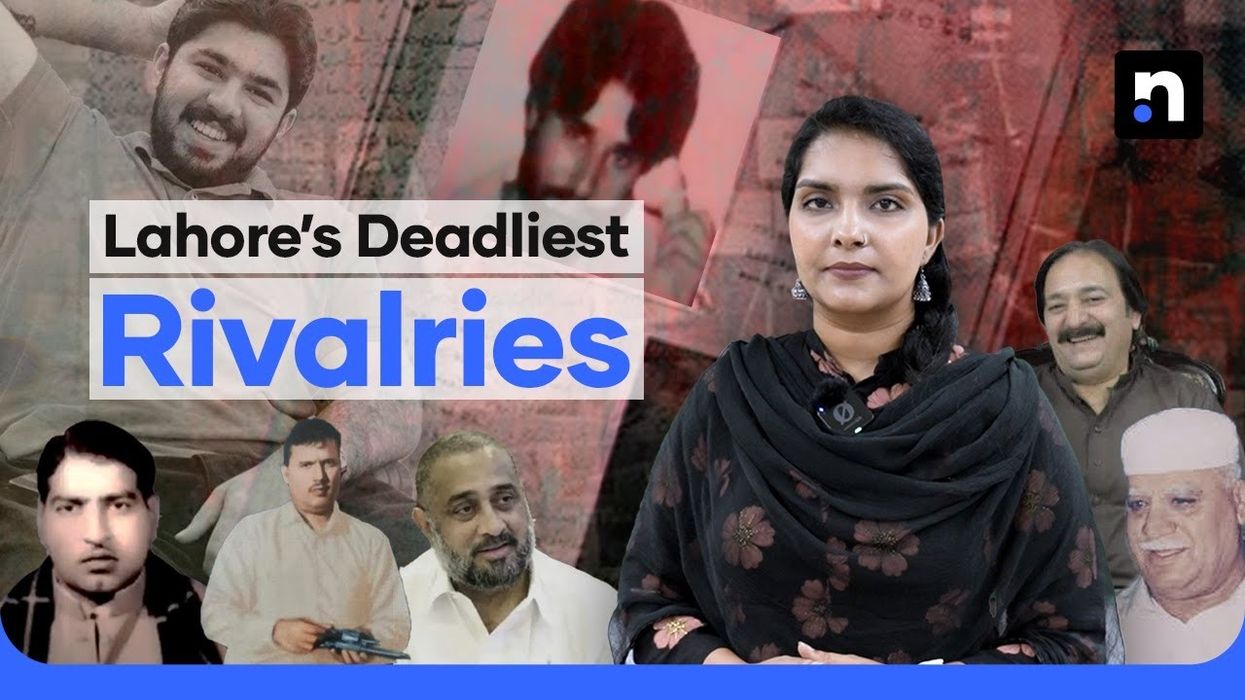
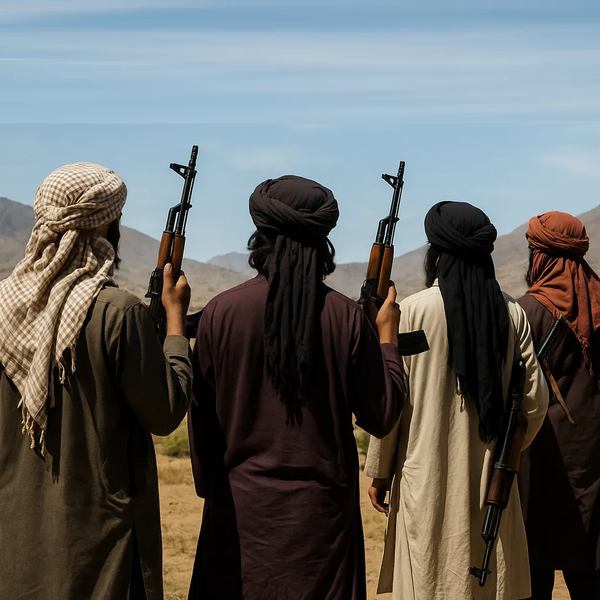
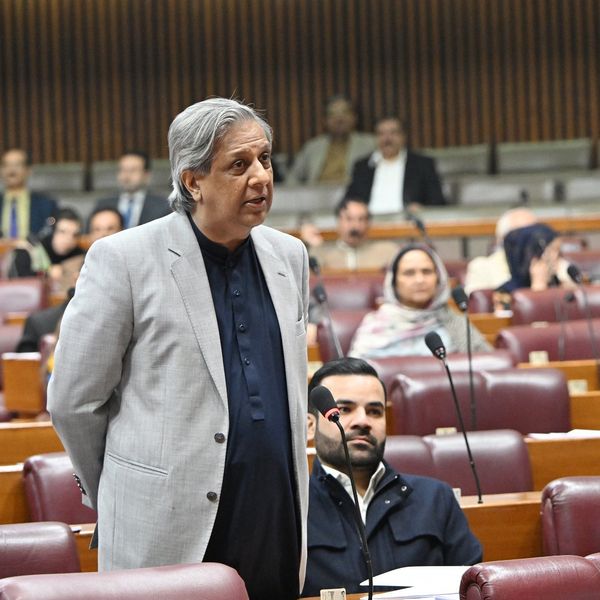

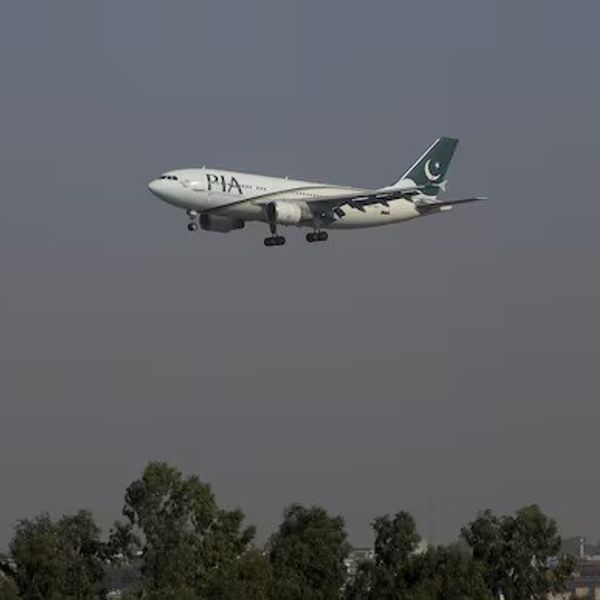
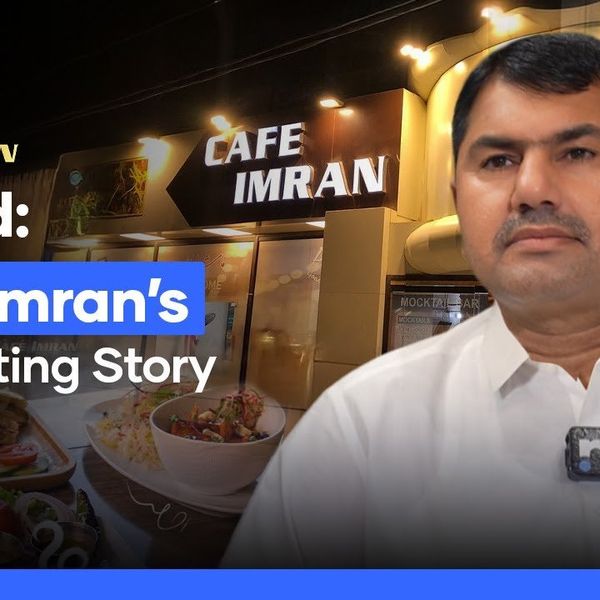
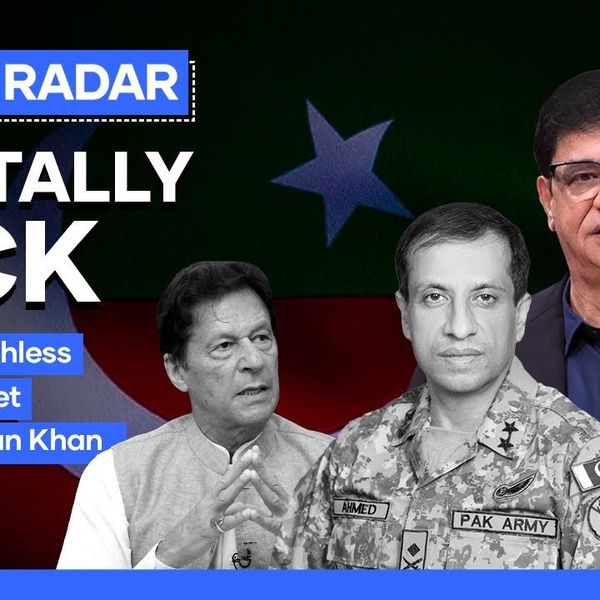


Comments
See what people are discussing